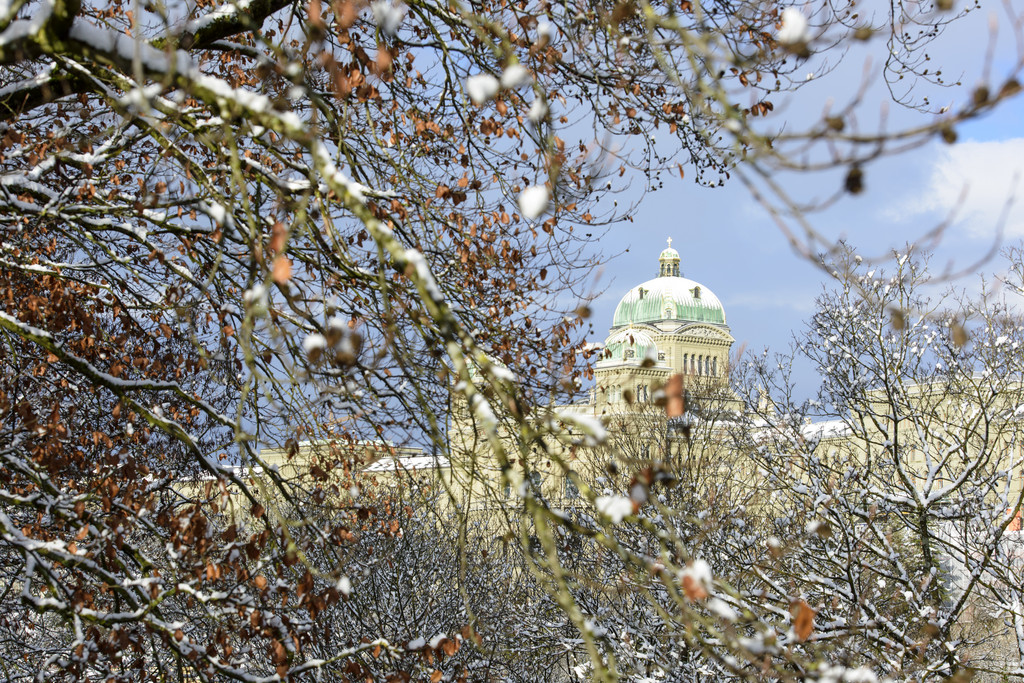![[Translate to English:]](/fileadmin/_processed_/0/d/csm_EDA-Hinweis_Mailbox-Karlsruhe-DE_Prometheus_Unsplash_39f6ff0ecc.jpg)
Please note
![[Translate to English:]](/fileadmin/_processed_/0/d/csm_online_Revue_2502_EDA-Abstimmung_c92f583a2c.jpg)
Votes and Elections

Marianne Jenni | “The Swiss Abroad are important for Switzerland’s image”

Change of address Swiss Review

Votes and Elections

The Federal Audit Office – driving efficiency and transparency since 1877

Please note


The new Swiss passport was introduced on 31 October 2022. It has been a long time coming, but the “Fifth Switzerland” will now have its own dedicated passport page for the first time. As with the previous Swiss passport, the holder’s biometric data will be stored in a microchip located in the cover.

Every passport is unique, allowing its holder to prove their identity and nationality. Passports are valuable documents. In accordance with the Federal Identity Documents Act, all Swiss nationals are entitled to one of both types of identity document, i.e. a passport and an identity card. The Swiss passport in its current design is around 20 years old.
Most recently, 2006 saw the introduction of biometric data in line with security requirements. The new passport series conforms to the latest identity document standards and incorporates unique design elements inspired by the Swiss landscape.
Switzerland’s new full series covers the standard passport, the diplomatic passport, the service passport, the passport for refugees, and the passport for non-Swiss who live in Switzerland. During the years it took to develop the new passport, the cantons were informed of the various design options and asked to provide feedback. A majority of cantons voiced their support for the progressive design endorsed by the now retired Federal Councillor Simonetta Sommaruga.
The new passport depicts the country’s diverse geography, breathtaking mountains, and landscapes formed by water. Every canton – complete with geographical area, highest altitude, and cantonal flag – features in the design. Meanwhile, the outlines of cantonal buildings are a new visual feature, only visible under UV light. The federal government has also decided to dedicate one of the visa pages to the 780,000 or so expatriates who live in the “Fifth Switzerland”: alongside the 26 cantons, there is also an inside page representing the symbolic “27th canton” of the Swiss Abroad.

The passport takes you on a virtual journey through all of Switzerland’s cantons in order of their highest elevation. A continuous landscape, from high mountains to rolling lowlands, represents the unifying element in the background. The cantons in this order of sequence do not all share a border, hence the contours depicted on the page are a virtual representation of a typical Swiss landscape. The new passport retains the iconic red cover.
Very much in keeping with the overall theme, the page containing the passport holder’s personal details features the highest peak in the Gotthard massif, the Pizzo Rotondo. The sources of Switzerland’s main rivers stretching beyond the country’s borders are contained within the Pizzo Rotondo. This is where mountains and water are intertwined as the main leitmotifs. Waterways are the silvery thread that runs through all 26 cantons, from the Alpine peaks down to the valleys. Taken as a whole, these visuals epitomise the traditional but cosmopolitan qualities of today’s Switzerland.

The cantons used to be able to issue passports before the First World War suddenly made international travel much more difficult. As a consequence of the hostilities, the Federal Council enacted an ordinance on 27 November 1916, which specified that there should be one standard passport application form for the whole country. Initially, the cover of the Swiss passport was green and then brown. It was not until 1959 that the passport’s contemporary red livery and the Swiss cross were introduced.
Back then, the document contained such details as the holder’s eye colour and their profession. Children had their photos stuck on to their parents’ passport. The design was updated in 1985, with the Swiss cross moving to the centre of the passport cover. Since 2003, the cross has been positioned higher up. Biometric passports were introduced in 2006.

The new biometric data infrastructure includes state-of-the-art mobile biometric passport devices at your local Swiss representation abroad – a new facility that enables you to have your biometric data captured without the need to visit an embassy, a general consulate or a regional consular centre.
This mobile biometric service saves Swiss Abroad from having to travel long distances to renew their identity documents. They can complete the process near their place of residence instead.
A limited fleet of mobile biometric devices are available for Swiss representations to use. Whenever a representation is planning to use one of these devices, it will notify in advance all Swiss registered in the vicinity.
Make sure you renew your identity documents before they expire. Depending on staff and financial resources as well as availability, it may only be possible to use a mobile biometric passport device once every year or two at your local representation. Note that you can also renew any Swiss identity document several months or even one to two years before its expiry date.
All identity documents that have been issued retain their validity until their expiry date. The application procedure remains the same.
To obtain the new Swiss passport, you must arrange an appointment at your local Swiss representation abroad for the purpose of entering your biometric data.
Please order your Swiss passport or identity card online at www.schweizerpass.ch. Your local Swiss representation abroad will then deal with your application.
Comments
Comments :
The new Swiss passport looks very good, especially as it includes a page for the "Fifth Switzerland". Will be getting a new passport in two years to add to my 'red collection'.